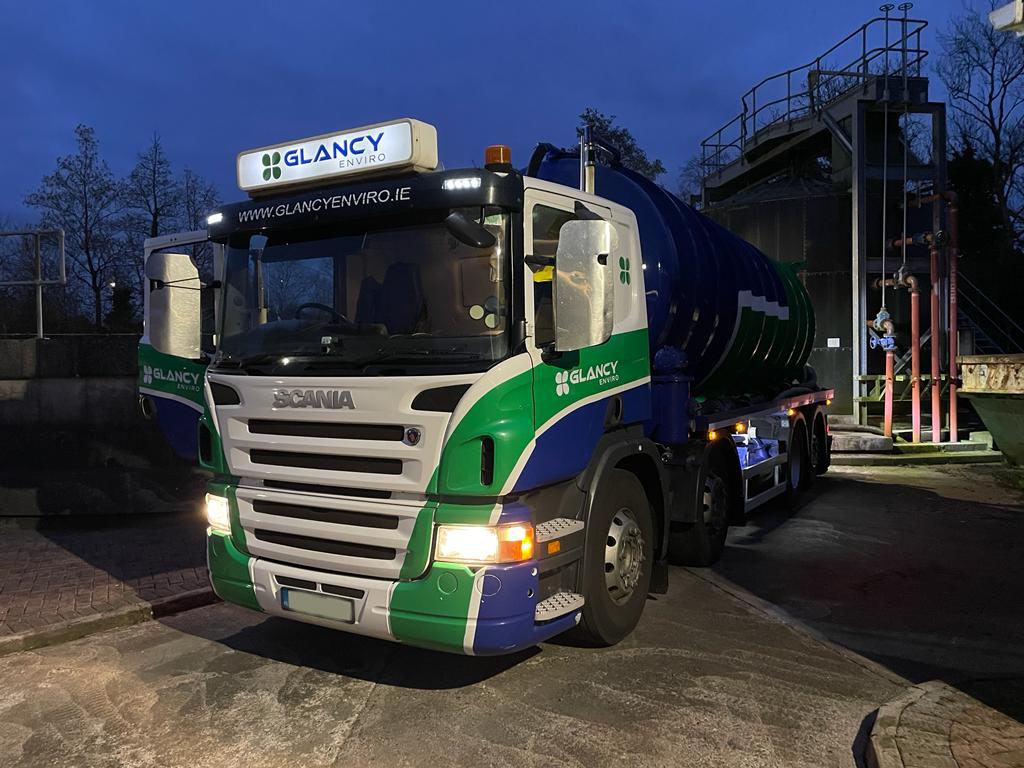6 Simple Techniques For Reclaim Waste
6 Simple Techniques For Reclaim Waste
Blog Article
5 Easy Facts About Reclaim Waste Described
Table of ContentsExamine This Report on Reclaim WasteHow Reclaim Waste can Save You Time, Stress, and Money.Indicators on Reclaim Waste You Should KnowThe smart Trick of Reclaim Waste That Nobody is DiscussingThe Single Strategy To Use For Reclaim Waste
Residential sewage waste refers to the waste and items from a property septic container. The correct administration and disposal of domestic sewage waste call for fluid waste to be transferred to a sewage treatment plant where the proper techniques and equipment are applied to cleanse and dispose of waste.
Business waste typically includes potential hazards, such as flammable materials or a mix of fluid and strong waste items, and requires a much more advanced and comprehensive disposal procedure. The disposal of industrial waste usually entails the purification of waste prior to transportation to ensure risk-free and appropriate disposal. Industrial waste is developed from by-products and overflow of commercial processes and production.
This sort of waste can not use the very same sewer administration transportation or procedures as septic or industrial fluids. The hazardous waste administration procedure needs the inspection and testing of liquid waste before it undergoes the disposal procedure (liquid waste disposal). Runoff waste is the liquid waste that originates from runoff and excess stormwater in highly booming locations or cities
Overflow waste can create contamination and flooding if not dealt with properly. Making certain proper waste management can avoid disasters and minimize ecological damage.
The Facts About Reclaim Waste Uncovered
Call PROS Services today to learn more about our waste administration and disposal services and the correct means to look after the liquid waste you generate.
(http://peterjackson.mee.nu/where_i_work#c2441)This so-called 'wastewater' is not only a vital source however, after therapy, will be released to our land, rivers or the sea. Utilized water from bathrooms, showers, baths, kitchen sinks, laundries and industrial procedures is recognized as wastewater.

water made use of to cool machinery or clean plant and devices). Stormwater, a type of wastewater, is overflow that flows from farming and metropolitan locations such as roof coverings, parks, yards, roadways, courses and gutters into stormwater drains, after rainfall. Stormwater flows unattended directly to neighborhood creeks or rivers, ultimately getting to the sea.
Reclaim Waste - The Facts
In Queensland, many wastewater is treated at sewer treatment plants. Wastewater is transferred from residential or commercial sites via a system of sewers and pump terminals, known as sewerage reticulation, to a sewer therapy plant.
The Division of Natural Resources encourages city governments about handling, operating and maintaining sewage systems and treatment plants. In unsewered areas, local federal governments may call for owners to install private or household sewage treatment systems to informative post deal with domestic wastewater from toilets, kitchens, washrooms and laundries. The Department of Natural Resources authorizes the usage of family systems when they are proven to be effective.
In some brand-new communities, treatment of some stormwater to remove litter, sand and crushed rock has begun utilizing gross pollutant traps. Wastewater treatment takes place in 4 phases: Gets rid of solid issue.
Wastewater after that moves right into big tanks where solids settle and are removed as sludge. Grease and residue are skimmed from the surface. Utilizes tiny living organisms called micro-organisms to break down and eliminate continuing to be dissolved wastes and fine particles. Micro-organisms and wastes are included in the sludge. Gets rid of nitrogen and phosphorus nutrients that can create algal blooms in our rivers and intimidate marine life.
Little Known Questions About Reclaim Waste.
Nutrient elimination is not available at all sewage treatment plants because it calls for costly specialised equipment. It is becoming more usual in Queensland. Clear fluid effluent created after treatment may still have disease-causing micro-organisms. If this effluent is launched right into waterways such as rivers or the sea, the micro-organisms will at some point die out.

Many wastewater streams into the sewage system. Under the Act, local federal governments carry out authorizations and permits for ecologically relevant activities (ERAs) entailing wastewater releases that may have a neighborhood effect.
Get This Report on Reclaim Waste
Monitoring provides valid info concerning water top quality and can verify that licence conditions are being met. The information obtained with tracking gives the basis for making water top quality decisions.
Report this page